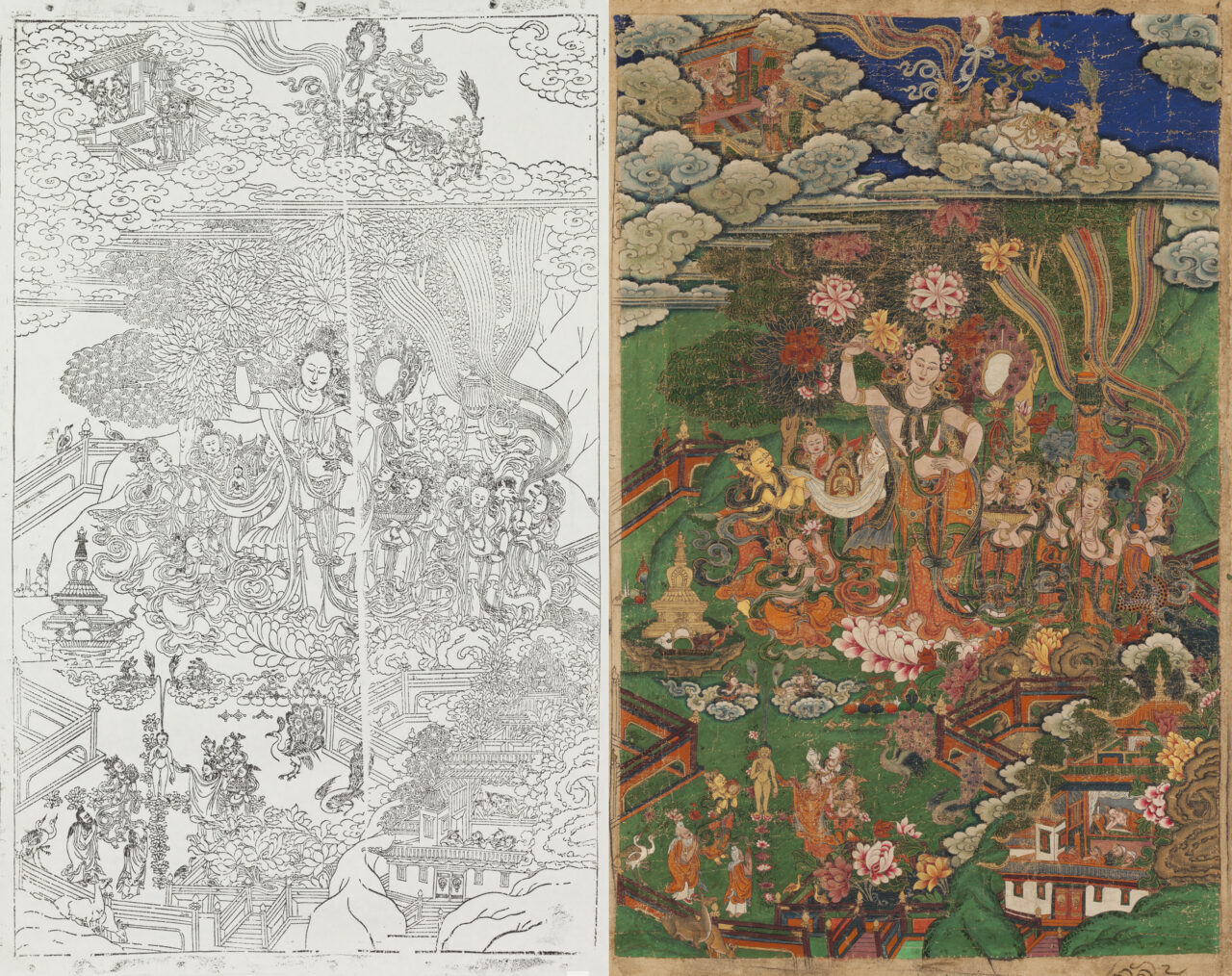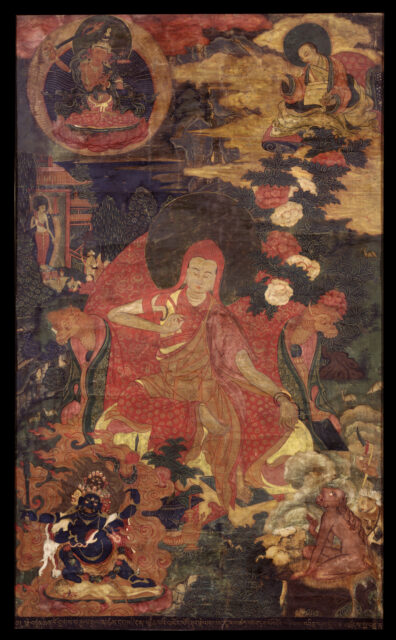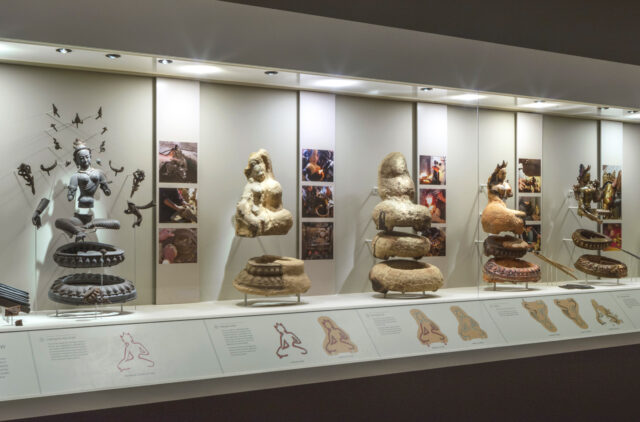
Painting is the primary two-dimensional form for image making, but different media, such as woodblock prints and woven textiles, are also used to create similar compositions.
The making of all sacred figures, both two- and three-dimensional, is governed by strict rules of proportion, or iconometry, and dictated by religious texts that describe deities and their measurements. The colors of the deities are also determined by iconographic conventions and are highly symbolic. Other elements, such as the background and landscapes, are more open to an individual artist’s interpretation and tend to follow local or regional traditions.
In this section
in this sectionPainting from Printed Compositions
Objects in the Exhibition

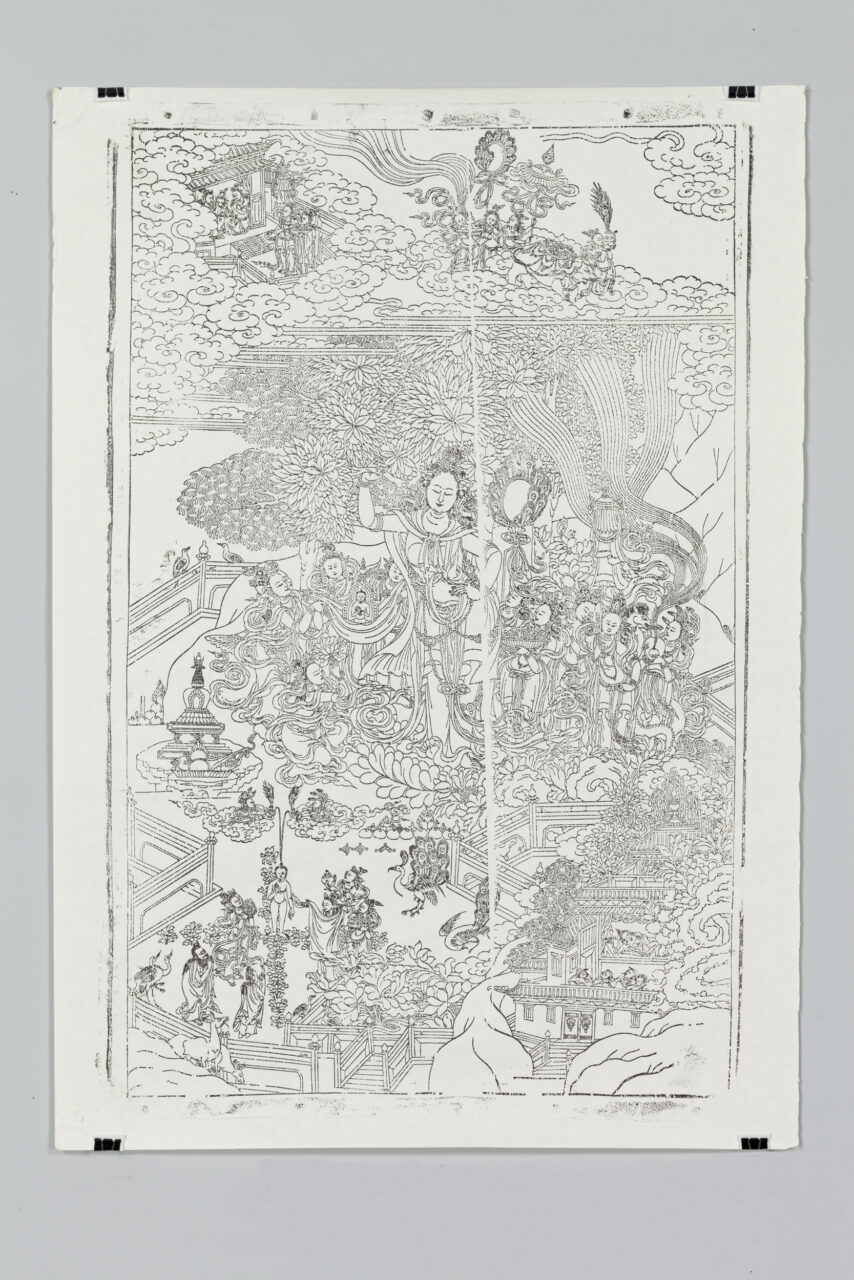
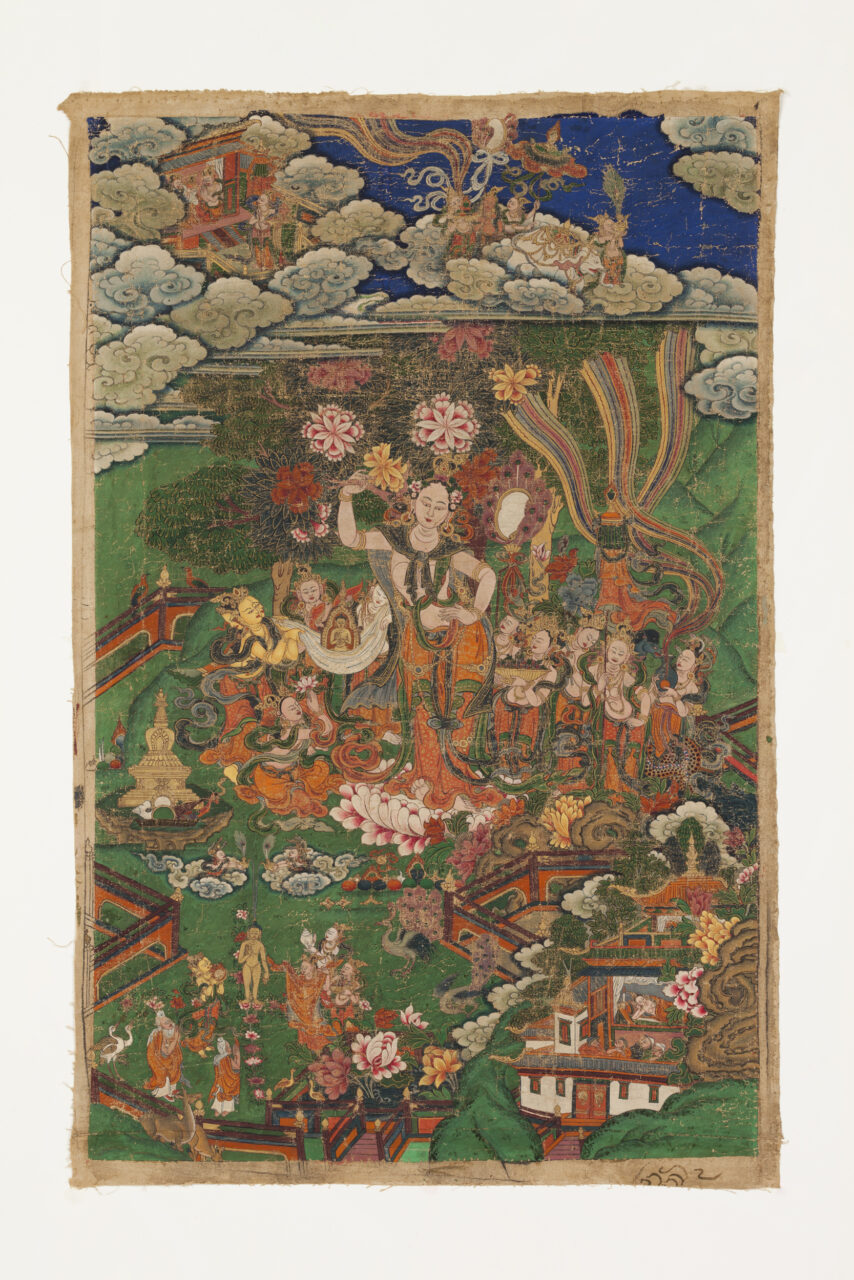
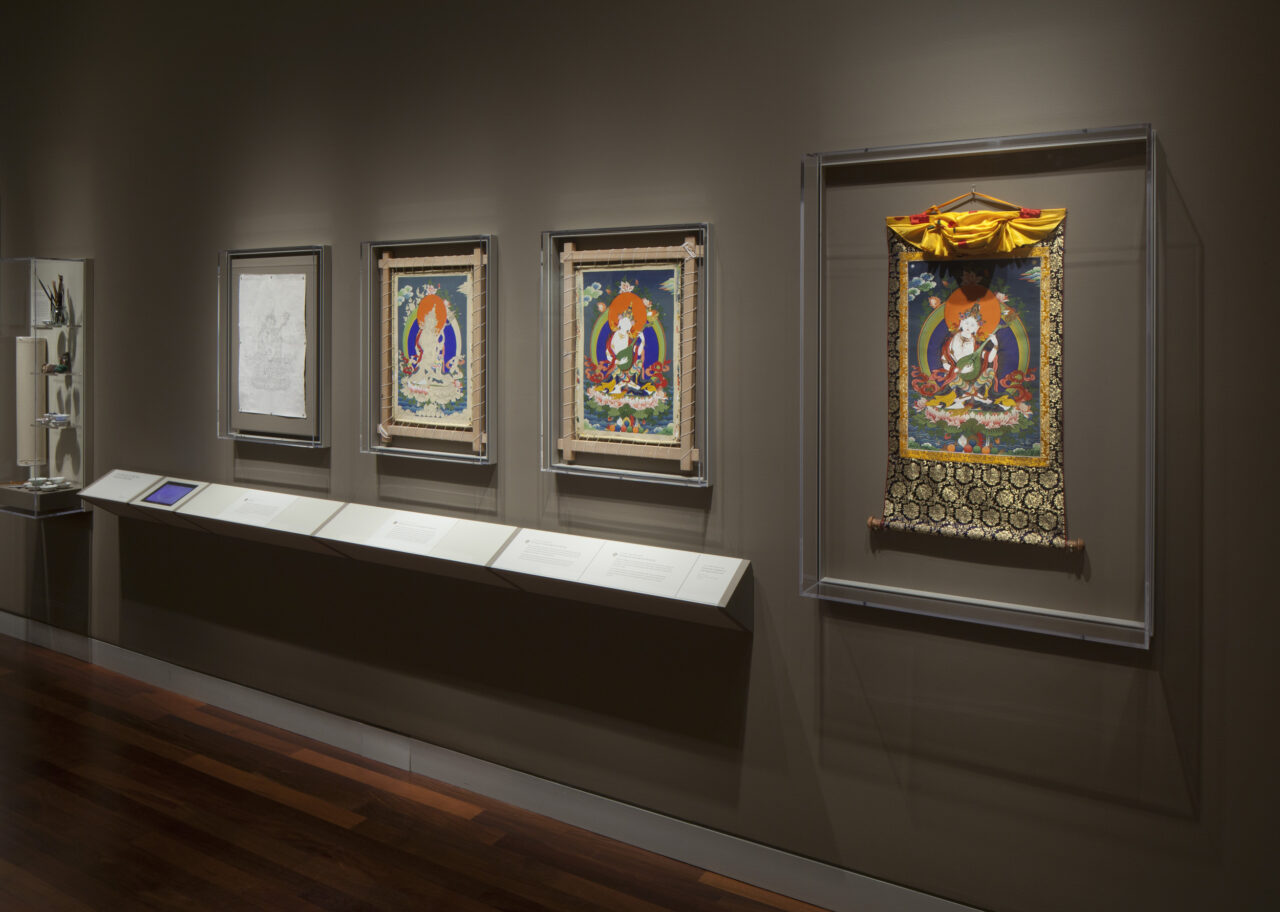
Related:
Lorem ipsum dolor sit amet consectetur adipisicing elit. Cum nihil placeat pariatur deserunt eius ullam incidunt maxime sunt ipsam. Ipsa, provident, laudantium, rem assumenda laboriosam veniam autem voluptas sint officia distinctio enim aut explicabo fuga animi voluptatum earum recusandae excepturi atque dignissimos iste? Exercitationem, praesentium eum. Harum ut maiores expedita exercitationem perspiciatis soluta aperiam dolores natus unde, sequi vitae debitis ex aliquam quas eum reprehenderit esse. Cumque amet et earum necessitatibus, repellendus ullam ducimus corporis architecto culpa placeat eum odit cum iure illo vitae rerum! Ullam et suscipit culpa? Eos voluptatum laudantium iste vero impedit adipisci maxime magni natus voluptatibus.
Sign up for our emails
Get the latest news and stories from the Rubin, plus occasional information on how to support our work.




